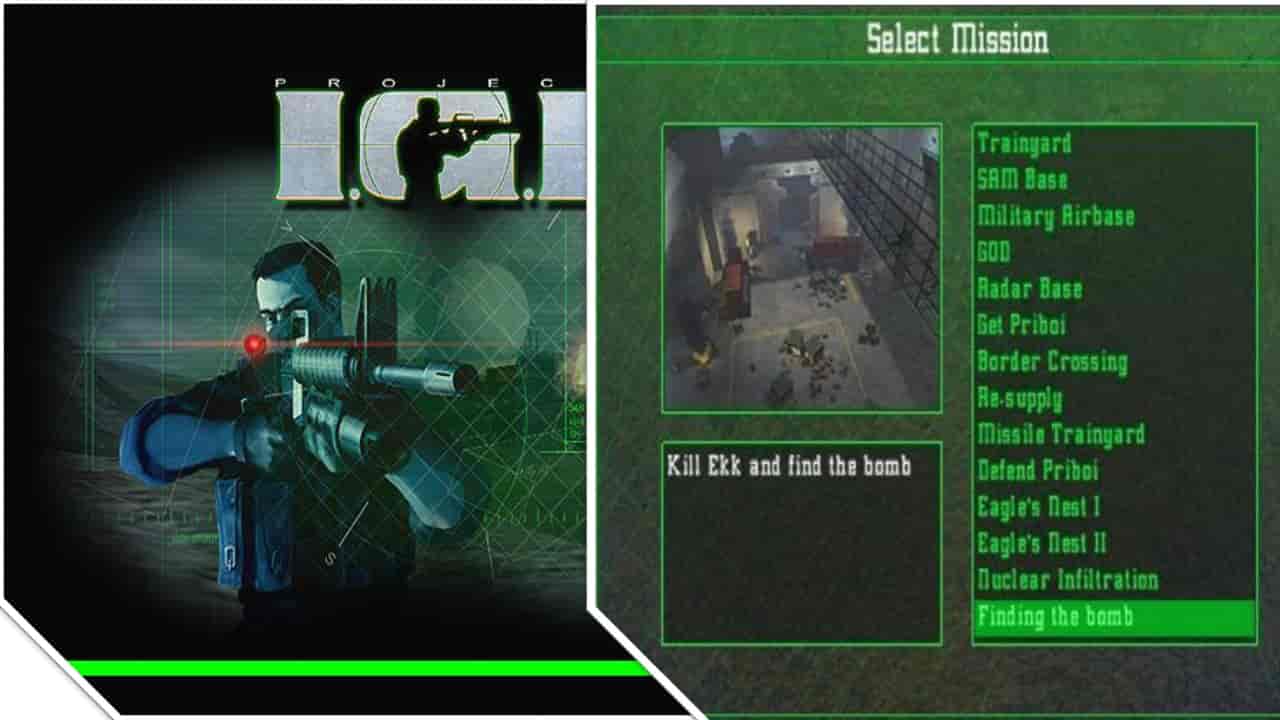

The application of skills and techniques to meet the demands of increasing complexity and the parameters by which modern project success is measured, has lagged. By 1990, PM was effectively professionalised and managed through hierarchical organisational structures, along with their attending bureaucracies, linear mode planning tools, and standardised forms of project review. These methodologies continued to proliferate through the 1960s and 1970s later becoming computerised. Systematic project management emerged in the 1950s with the Program Evaluation and Review Technique (PERT), and the Critical Path Method (CPM). The 21 st century has seen the focus broaden to embrace business success and strategic objectives (Ika, 2009).

By year 2000, success criteria had expanded to include client satisfaction and stakeholder benefits. Between the 1960’s and 1980’s project success emphasised delivery against the “iron triangle” (time, cost, scope). This chapter draws out subtle aspects of mega-project management shown to be crucial at the preliminary, or start-up, phase.Īs high-technology (high-tech) projects have grown in size, cost and risk, so has the challenge in realising success. Five key success drivers are explained, and when addressed together, are shown to be especially potent. In this chapter, the author addresses the inception, planning and feasibility phases of complex mega-projects in some depth, based on extant and updated research of large scale high-technology science projects.

Success in complex mega-projects is not easily achieved and is interpreted differently by various stakeholders, moreover there is growing recognition of the importance of front-end shaping.

Successful design and delivery is therefore not only a commercial necessity but also a societal imperative. AbstractToo many large engineering/science projects fail in terms of budget overruns, schedule slippage, or under-performance, and this has profound implications not only for the construction and commissioning organisations, but also for the funders (public or private), and the clients or users.


 0 kommentar(er)
0 kommentar(er)
